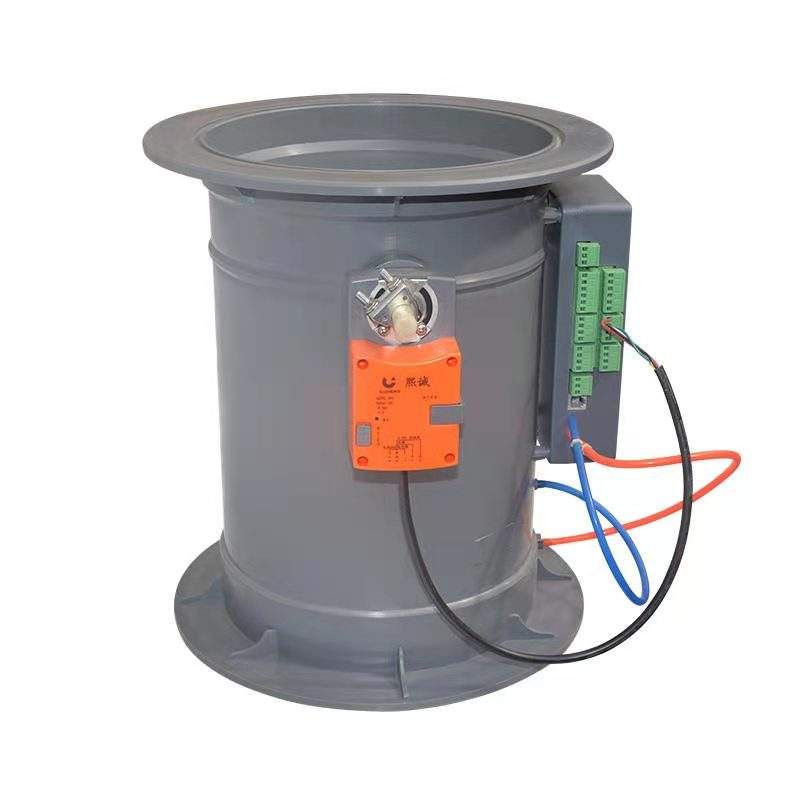What is VAV variable air volume system control?
Category : Blog
VAV is the abbreviation of Variable Air Volume. In the air conditioning system, in order to cope with the change of the terminal load, when the flow of the cooling/heating medium remains unchanged, the air volume needs to be adjusted to adjust the delivery of cold/heat to meet the changing demand.
Introduction to the control method of VAV variable air volume system
For the VAV system, the control methods can be generally divided into three types:
Constant and static pressure control: Its working principle is that in the system, the VAV BOX controller adjusts the air volume at the end to meet the load requirements according to the indoor load changes. The change of air output causes the change of static pressure in the system pipeline. The static pressure sensor measures the change of static pressure and transmits it to the fan inverter DDC. The inverter DDC controls the motor speed of the air conditioner according to the static pressure change signal, adjusts the total air output, and maintains The static pressure of the supply air piping system is constant.
Variable static pressure control: its working principle is that the system will try to keep the VAVBOX in a fully open state (85-100%) under the condition that the system meets the requirements of indoor load changes to keep the system static pressure to the bottom.
Total air volume control: Its working principle is to let the VAV BOX controller adjust the air volume at the end to meet the load requirements according to the indoor load changes, and transmit the air volume signal to the inverter controller. The inverter controller collects the air volume of each terminal within its jurisdiction, performs decoupling analysis and calculation, and then accumulates it to control the inverter and adjust the motor speed of the air conditioner so that the air supply volume is equal to the sum of the total terminal air volume.
The role of variable air volume control system
The variable air volume system means that the supply air changes with the exhaust air, and the exhaust air changes automatically or artificially according to people’s needs. The supply air and the exhaust air form a dynamic balance, so that the room always maintains a relatively constant temperature and humidity. and slight negative pressure.
Its working principle is that when the exhaust air volume changes, the system end device automatically adjusts the air volume sent into the room to ensure that the indoor temperature, humidity and pressure are kept within the design range, so that the air supply volume of the air handling unit at low load decreases. , the speed of the blower of the air handling unit is also reduced to achieve the purpose of energy saving.
The VAV damper contains an averaging airflow measurement probe, airflow controller and actuator. Airflow is controlled based on actual flow measurement by changing the damper blade position. Flow control damper maintains the required airflow independent of duct pressure variation.
Airflow control damper is available in several versions. The blade gasket enables airtight shut-off operation, and external insulation is used to attenuate radiated sound into the space.
VAV Damper Advantages
Made of PP plastic insulation, anti-corrosion
Intelligent and precise air volume control
Energy saving control
Wide range of applications
Specifications can be customized on demand
